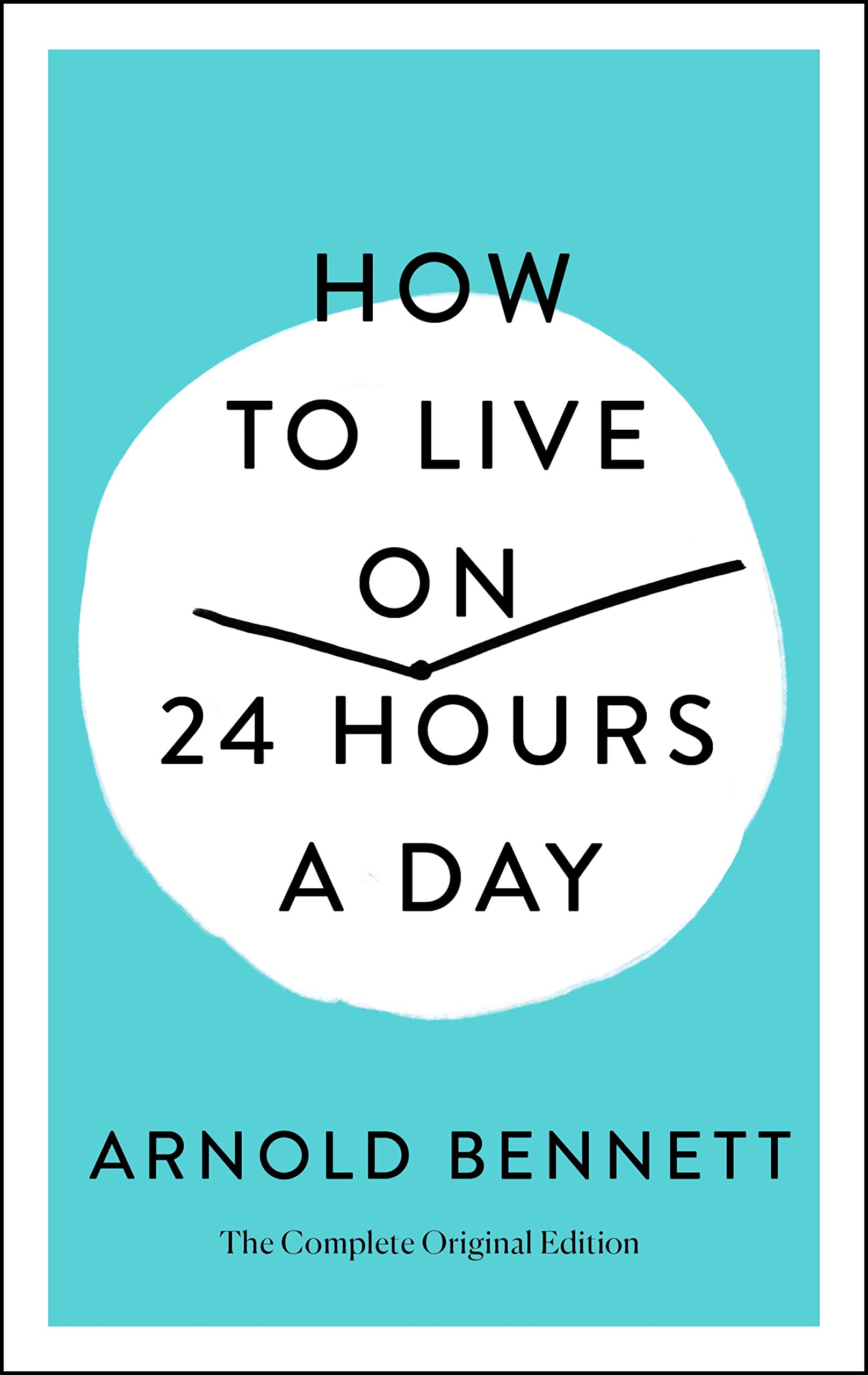Chapter V — Tennis and the Immortal Soul
byChapter V raises a sharp question that most people avoid asking: how much of our day is actually used with intention? It begins by drawing attention to our morning routines, especially during the commute. Many individuals fill this time with newspapers, not necessarily for insight, but out of habit. These moments pass quickly, often forgotten as soon as they occur. The author challenges the value of this ritual, pointing out that rushed news digestion offers little depth or lasting understanding. There’s no call to abandon the news altogether—just a shift in where and when it’s consumed. Instead of spending prime mental energy on shallow reading, mornings could be a golden window for self-reflection or mental cultivation. A quiet train ride or bus journey can become an uninterrupted stretch of time to think clearly or process deeper ideas.
The critique of newspaper reading isn’t about elitism; it’s about opportunity cost. Time spent glancing at headlines might be better used pondering a personal goal, listening to thoughtful audio content, or planning the day with clarity. The mind, fresh from rest, is capable of focused thinking before the workday begins. This hour is not trivial—it’s a hidden asset, often wasted. The author suggests that newspapers be read later, in brief snippets that don’t eat into productive stretches. It’s not an attack on staying informed—it’s a reminder that information isn’t always the same as wisdom. Shifting reading to moments of less cognitive demand opens up the morning for true engagement with thought. When we adjust where our focus goes, the rewards unfold throughout the day.
After work, many people enter a mode of mental drift. The evening, instead of being purposeful, becomes a blur of unstructured activity. Whether it’s chatting idly, flipping through channels, or shuffling through social feeds, time escapes unnoticed. The author acknowledges the reality of fatigue but insists it isn’t a wall we must accept without question. Fatigue, he argues, can often be overcome by engaging the mind rather than letting it sag. Mental energy, like physical energy, can respond positively to stimulation. Passive rest doesn’t always refresh; often, a shift in activity is more revitalizing than simply doing nothing. And that’s where the evening holds promise.
The chapter challenges readers to carve out just ninety minutes every other evening for deliberate mental engagement. Not the kind of work we associate with pressure or deadlines, but activities that wake up curiosity and invite inner growth. This doesn’t mean quitting relaxation altogether—it’s about finding balance. The author proposes a simple structure: commit to one or two evenings a week. Set a time, stick to it, and treat it as a personal appointment. The rewards, though gradual, are cumulative. One finds that time slows a little during these focused sessions. What once felt like a long day ending in exhaustion now feels like a full day followed by progress.
A particularly insightful point the author makes is about dinner—how this single daily ritual often splits the evening, creating a sense that there isn’t enough time to commit to anything meaningful. But by adjusting when and how dinner is placed within the evening, one can recover a surprisingly usable block of time. If an uninterrupted hour and a half can be established, it opens the door to activities that foster identity and purpose. Whether it’s learning a language, revisiting a long-abandoned hobby, or even journaling, the impact is real. These aren’t hobbies for the sake of keeping busy—they are forms of mental exercise. In choosing how to spend this time, individuals shape who they are becoming.
It’s also important to realize that this proposal doesn’t add strain—it removes it. The stress that often lingers at day’s end isn’t always physical; it can come from feeling unaccomplished or unfulfilled. A mentally stimulating evening, even just twice a week, recharges more than hours spent scrolling or passively watching. Over time, this small act of reclaiming the evening has ripple effects. Sleep becomes more restful, mood improves, and the next day is approached with more confidence. Even productivity at work can improve when the brain is trained to handle thought with clarity and purpose.
What’s striking about this chapter is its refusal to accept modern routines as fixed. It invites readers to take ownership of their time—not in a rigid, joyless way, but with a sense of empowerment. It doesn’t demand the removal of pleasure or rest but calls for an elevation of how we define them. The author suggests that fulfillment comes not from mindless leisure, but from deliberate action. When time is used to build, learn, or reflect, it feeds the soul in a way entertainment alone cannot. And surprisingly, once this shift begins, the appeal of wasted time begins to fade. It’s replaced with something richer: satisfaction.
Ultimately, Chapter V offers a practical and profound message—our lives are shaped in the small, often unnoticed hours. The way we use those hours matters. They are ours to command, not simply to endure. Reworking how we approach mornings and evenings may not seem revolutionary, but it can quietly transform everything else. Not because time itself changes, but because we do. This chapter calls on us to see daily hours not as burdens to escape, but as tools to shape the life we want to lead.

